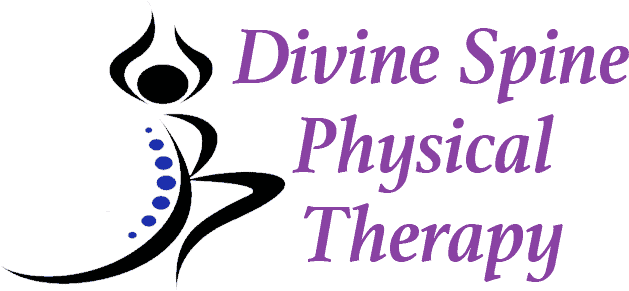Because arthritis is a catch-all term, pinpointing what causes arthritis may be difficult. In most cases, arthritis is caused by overuse, wear and tear, or injuries. It is also possible for arthritis to be caused by infections, such as Lyme disease, an immune system dysfunction, such as rheumatoid arthritis, or an abnormal metabolism, which can lead to gout.
There are over 100 different types of arthritis, containing monoarthritis (where only one joint is affected) and oligoarthritis (where multiple joints are affected). Some of the most common forms of arthritis are osteoarthritis, which develops from “wear and tear” of cartilage, and rheumatoid arthritis, which develops from overactive immune systems.
Targeted exercises can help ease your arthritic pains. It is possible to maintain an active lifestyle while living with arthritis, but you may need some assistance. Your physical therapist will conduct a physical evaluation to determine what the best course of treatment will be for you. Your physical therapist will then guide you through prescribed gentle exercises that become more intensive as you progress in your treatments, in order to help you achieve your highest levels of physical capability.
Regardless of the cause of arthritis, physical therapy plays a major role in the treatment of its symptoms. Physical therapy should always be the first method of treatment, before resorting to more aggressive procedures, such as surgery. In fact, in many cases, physical therapy can even eliminate the need for risky treatment methods altogether, such as harmful pain-management drugs or invasive surgical correction. If the condition is severe and surgery is required, physical therapy can also help you prepare and recover from your procedure
